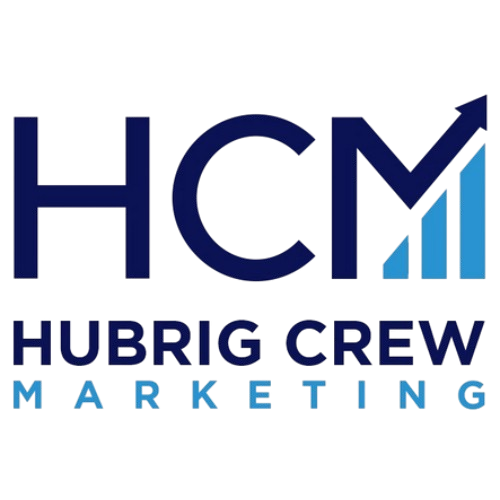The Importance of a Digital Marketing Strategy
In today’s competitive landscape, a well-defined digital marketing strategy is essential for businesses to thrive. Understanding and defining your target audience is the cornerstone of any successful strategy. A target audience consists of consumers most likely to engage with your products or services, based on factors like age, interests, and location. By identifying this group, businesses can tailor their marketing efforts to create personalized experiences that resonate.
Set Clear Goals and Objectives
Having clear and measurable goals is crucial for guiding your digital marketing efforts. Without them, businesses risk losing direction. Goals should align with broader business objectives and be SMART—Specific, Measurable, Achievable, Relevant, and Time-bound. Did you know that businesses with defined strategies have a 313% higher likelihood of success? Setting precise objectives helps track progress and measure success effectively.
Select Relevant Digital Channels
Choosing the right digital channels is key to reaching your target audience effectively. Consider channels where your audience is most active, such as social media, email, or search engines. Each channel has unique strengths, so selecting the most relevant ones ensures maximum engagement and ROI.
“A strategic approach in digital marketing isn’t just beneficial—it’s essential for survival and growth.”
By defining your target audience, setting clear goals, and selecting the appropriate channels, businesses can create a robust digital marketing strategy that stands out in the digital age.
Harnessing the Power of SEO
Search Engine Optimization (SEO) is essential for improving website visibility and attracting qualified traffic. At its core, SEO involves optimizing your website to ensure that search engines can easily find and rank it. By focusing on site accessibility, keyword usage, and quality content, businesses can effectively boost their online presence.
| On-page SEO | Off-page SEO |
|---|---|
| Content optimization | Link building |
| Keyword integration | Social media engagement |
| Meta tags and descriptions | Reputation management |
Understanding the distinction between on-page and off-page optimization is crucial. On-page SEO involves elements within your website, such as content and HTML code. Off-page SEO, on the other hand, focuses on external factors, like backlinks and social media presence.
Keywords remain a vital component of SEO. They help search engines understand the topics covered in your content, thus improving search engine visibility. A well-researched keyword strategy ensures your content aligns with user intent and resonates with your audience.
According to industry data, businesses that effectively implement SEO strategies can see an increase in traffic by up to 53%. By harnessing the power of SEO, you can elevate your brand’s digital presence and achieve long-term success. For those looking to complement their SEO efforts, consider exploring PPC management strategies to further enhance your online visibility.
Creating Engaging Content
In the digital marketing landscape, producing engaging content is key to capturing and maintaining audience interest. Different formats resonate with audiences based on their preferences and behaviors. Here are some effective content types:
- Informational content: Provides necessary details and answers customer questions.
- Decision-making content: Influences buying decisions through emotional appeal and highlights product uniqueness.
- Video content: Engages users effectively with ads, ‘how-to’ videos, and more.
- Social media posts: Tailored to platform-specific audiences for enhanced engagement.
“Storytelling creates emotional connections, making brands more memorable and relatable.”
By weaving narratives into content marketing, brands can evoke emotions, foster trust, and differentiate themselves from competitors. This approach enhances brand recognition and inspires loyalty.
Consistency in content creation is another pillar of effective digital marketing. Regular and timely content delivery keeps audiences engaged. In fact, businesses that blog consistently see a 13x greater ROI compared to those that don’t. By maintaining a content calendar and aligning messages with audience expectations, brands can foster trust and expand their reach.
Leveraging Social Media
In today’s digital age, choosing the right social media platforms is critical for reaching your target audience effectively. With over 4.48 billion people using social media worldwide, businesses must strategically select platforms that align with their goals and audience preferences. Platforms like Facebook and Instagram are ideal for visual content, while LinkedIn caters to professional networking.
Boosting Engagement with Strategy
An effective engagement strategy involves using visuals, authentic storytelling, and interactive content. For instance, sharing genuine brand stories can resonate deeply with audiences, fostering stronger connections. “Social media can amplify your brand’s voice, making it heard by millions,” showcasing its potential impact.
Measuring Success
Tracking social media metrics is vital to assess marketing effectiveness and refine strategies. Key metrics include engagement rates, reach, and conversion rates. These provide insights into how well your content resonates with the audience, helping you make data-driven decisions to enhance your digital presence. Additionally, consider exploring paid social advertising to further boost your reach and engagement.
Understanding Paid Advertising
In the realm of digital marketing, paid advertising plays a pivotal role in reaching target audiences effectively. Businesses can choose from various types of paid ads to enhance their marketing efforts. Notably, 75% of people say paid search ads make it easier to find the information they need online.
| Type of Ad | Features |
|---|---|
| Paid Search Ads | Text-based, appear on Google search results, keyword-triggered |
| Display Ads | Image and text combination, shown on partner websites |
| Social Media Ads | Targeting based on demographics and interests on platforms like Facebook |
Budgeting for Paid Campaigns
Effective budgeting for paid media involves aligning your ad spend with business objectives. Businesses often allocate 5-25% of revenue towards marketing. Tracking current ad spend and setting aside 10-15% for testing new platforms can optimize campaign effectiveness.
Tracking ROI and Performance Metrics
To measure the success of paid campaigns, utilize ROI and performance metrics such as Cost per Lead (CPL) and Click-Through Rate (CTR). Implementing UTM codes and tracking pixels enhances the ability to assess campaign performance and refine strategies accordingly.
FAQs on Digital Marketing
What is the best digital marketing strategy?
The best strategy combines personalization, video marketing, and AI. Tailoring messages through data analytics and leveraging engaging video content can significantly boost brand visibility and customer engagement. Integrating AI for efficiency further enhances campaigns.
“A well-rounded strategy incorporates personalization, video, and AI for maximum impact.”
How long does it take to see results?
Seeing results from digital marketing can take time, typically between 6 to 18 months. Initial setup is crucial, and integrating elements like paid media can accelerate outcomes.
“Patience and integration shorten the timeline for digital marketing success.”
What are the common mistakes to avoid?
Avoid lacking clear goals, targeting the wrong audience, and neglecting SEO. Ensure website design is user-friendly and have a solid remarketing strategy in place to re-engage potential customers.
“Clear goals and audience focus prevent common marketing pitfalls.”
Conclusion and Key Takeaways
In the ever-evolving digital landscape, staying ahead requires adopting effective digital marketing strategies. Key approaches such as personalization, video marketing, and influencer partnerships are crucial in capturing and retaining customer attention. Additionally, embracing AI and automation, optimizing for voice search, and focusing on sustainability can significantly elevate your brand.
- Utilize data analytics to personalize customer experiences and enhance engagement.
- Incorporate diverse content types like blogs and videos to boost visibility and authority.
- Ensure a seamless omnichannel presence for consistent customer interactions.
- Keep adapting and integrating strategies to achieve faster and more effective results.
Implementing these strategies is not just recommended but essential for thriving in the digital age. A strong online presence not only helps in reaching wider audiences but also builds lasting trust and loyalty among customers.
Start today by assessing your current strategies and making necessary adjustments. The digital world waits for no one—be proactive and ensure your brand stands out. Embrace these solutions and watch your brand reach new heights.



